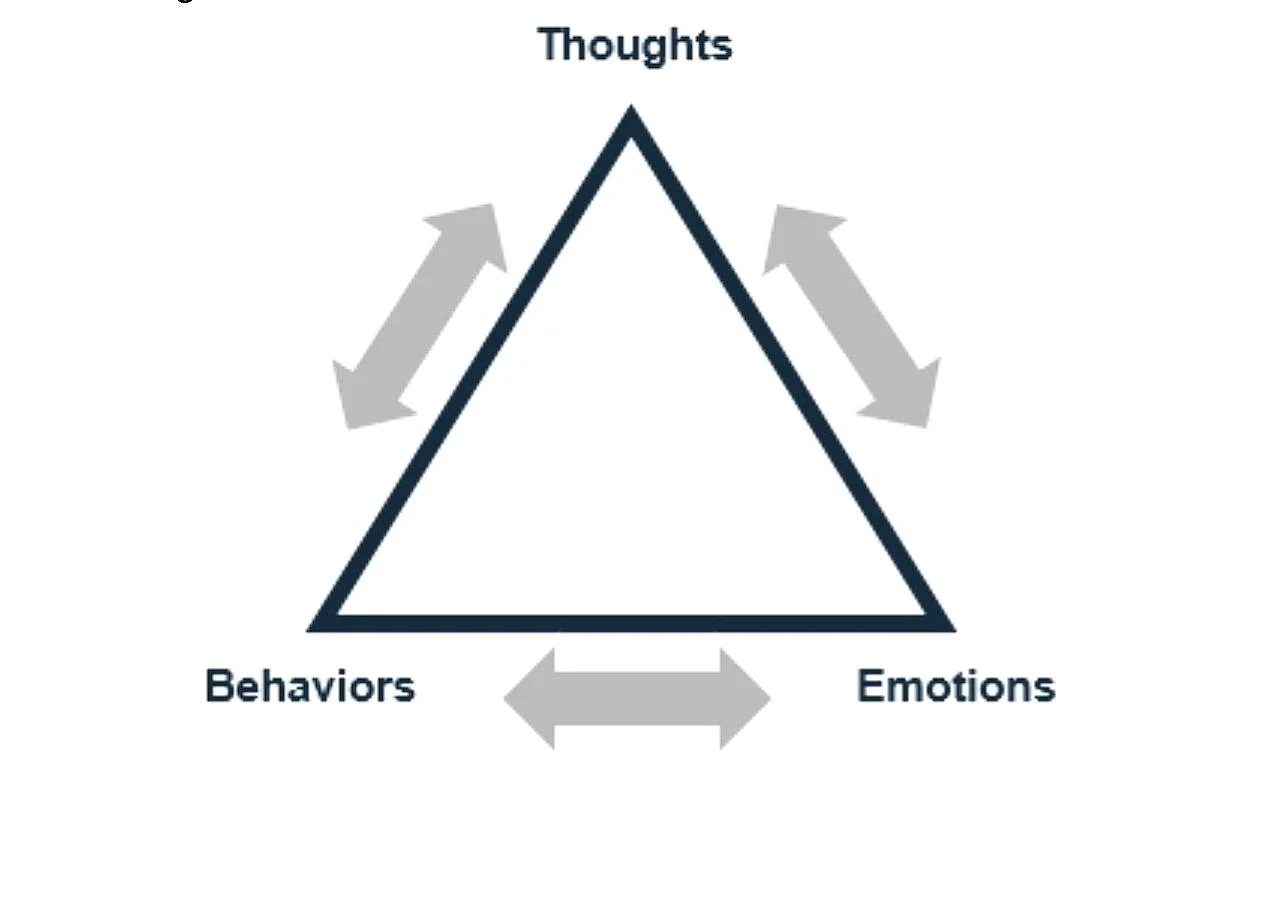How do we change in therapy?
How do we change in therapy?
-by Laura Ferrer PhD
Recently, our team has had the pleasure of working with people who are new to therapy, just entering the process of self-discovery and growth. Often, as a new therapeutic journey gets underway, people wonder, “how will I go about changing?” This post describes a few key elements of the change process.
So much of our work in therapy is about first identifying our internal experience and naming our thoughts and feelings, in order to better understand what drives our actions or behaviors.
Once we clarify our feelings and self-talk, we begin to see patterns in our lives, the strategies or reactions we use when feeling sad, lonely, frustrated, angry, etc. Tuning in to the language we use toward ourselves and the ways we soothe or punish our feelings helps us to see what feels helpful and healthy, and also the thoughts and actions that may increase suffering in our lives. Thoughtfully considering our values, or what feels most important in life, helps guide us in responding to our thoughts and feelings, and to the people in our lives. In light of what matters, we can choose our thoughts, interpretations, and actions to internal and external experiences, learning to respond effectively in life instead of reacting out of emotion or pain or habit.
The Cognitive Triad
Any pattern of thinking, feeling, or acting gets strengthened the more we rehearse or repeat it. In slowing down our process, and responding intentionally to thoughts, feelings, or external experiences, we avoid getting stuck in familiar loops. We then create an opportunity to cultivate slow changes in the direction of our values.
“The Cognitive Triad”, pictured here, is an aid to illustrate how our thoughts, feelings, and behaviors are constantly influencing each other over time. If one element of the triangle is changed, the whole system is affected. So shifting some of our responses or patterns to painful things in life changes our whole experience.
These are a few broad strokes that may help you reflect on your own growth journey. For more specific examples of strategies you may use in the process, tune in to our other writings.

